Earlier this month, I had one book from our profiled woman this week on display. It was part of Women’s History Month exhibit and was placed, strategically, with the works of three other women: Fannie Merritt Farmer, Maria Parloa, and Janet McKenzie Hill. Like those three, Mary Johnson Bailey Lincoln (aka Mrs. D. A. Lincoln) was connected to the Boston Cooking School, which is where we’ll start this week.
Founded by the Women’s Education Association of Boston in 1879, the Boston Cooking School (which I will happily abbreviate as BCS to save my fingers a bit of typing) was developed to “offer instruction in cooking to those who wished to earn their livelihood as cooks, or who would make practical use of such information in their families.” Inspired by similar schools overseas, in America, the Boston Cooking School, and others like it, signified a shift in domestic culture. Previously, both women cooking for their families and those making a profession from cooking, learned their skills at home and/or from their own community of women. The BCS was among the first formal education options for women of any age to improve their skills. During its tenure, a variety of culinary educators, authors, and lecturers worked there. In 1902, the BCS was incorporated in Boston’s Simmons College.
As to Mary…She was born in Massachusetts in 1844. Shortly after she graduated from the Wheaton Female Seminary, she married David A. Lincoln in 1865. About a decade into their marriage, with David’s health failing, Mary began cooking in the homes of others. In 1879, she was invited to teach at the new BCS, but she declined, as she had no teaching experience. After taking a few courses at the school, however, that soon changed. She started teaching at the BCS in 1879 and was the first principal, a position she held until 1885, during which time she began programs like free courses for immigrant girls in Boston’s North End to special instruction in “sick-room cookery” for nurses from area hospitals. During this time, she wrote the Boston School Kitchen Text-Book: Lessons in Cooking for the Use of Classes in Public and Industrial Schools, which would go through numerous editions. It represents a small portion of Lincoln’s work in establishing a textbook for cooking school education. Over the course of her career, which continued another 36 years after she left the BCS, she would author cookbooks and columns, continue to help establish the field of domestic science, provide endorsements, and teach at public and industrial schools. She died in 1921.
Mrs. Lincoln was, like many of the other women we’ve profiled, a household name. Her recipes were taken from her own sources and incorporated into generations of other published cookbooks, pamphlets, and community cookbooks, and shared among communities of women. By tying her name to products, like Janet McKenzie Hill, Marion Harris Neil, and others, she gained a certain level notoriety and fame in the culinary world. She authored or co-authored more than 30 individual titles, 10 of which we have in Special Collections (plus other editions of three of those). We have included those items in bold, as well as a sampling of some of her other works. On an interesting side note, from her first publication in 1884 until the time of David’s death in 1894, she published as Mrs. D. A. Lincoln. After his death, she published as Mary J. Lincoln.
- The “Quick Meal” Cook Book, 1892 (Ringen Stove Company)
- Cornstarch Cookery: A Collection of Recipes for Dainty Dishes in which Kingsford Oswego Corn Starch is a Principal Ingredient, 1893
- Boston School Kitchen Text-Book: Lessons in Cooking for the Use of Classes in Public and Industrial Schools, c.1887. Also 1909 edition. 1901 edition available online through Special Collections.
- Twenty Lessons in Cookery: Compiled from the Boston School Kitchen Text-Book, 1888
- Frosty Fancies, c.1898. Available online through Special Collections.
- Mrs. Lincoln’s Boston Cook Book: What to Do and What Not to Do in Cooking, 1898. Also 1901 edition.
- A Cookbook for a Month at a Time, 1899
- Frozen Dainties: Fifty Choice Receipts for Ice-Creams, Frozen Puddings, Frozen Fruits, Frozen Beverages, Sherbets, and Water Ices, 1899. Available online through Special Collections.
- Dainty Recipes for the Use of Boston Crystal Gelatine, late 1800s
- The Peerless Cook-Book: Valuable Receipts for Cooking, Compact and Practical, 1901
- The Home Science Cook Book, with Anna Barrows, 1902. Available online through Special Collections.
- What to Have for Luncheon, 1904
- Carving and Serving, 1910
- Home Helps, a Pure Food Cook Book: A Useful Collection of Up-to-Date, Practical Recipes by Five of the Leading Culinary Experts in the United States: Mrs. Mary J. Lincoln, Lida Ames Willis, Mrs. Sarah Tyson Rorer, Mrs. Helen Armstrong [and] Marion Harland, c.1910
- Sixteen Dainty Desserts, with Mrs. C. M. Dearborn and Miss Anna Barrows, before 1930?
In addition to our digitized editions of her works, the Internet Archive has a large selection, many in various editions, available online. Mary was an early adopter of standardized measurements, as well as a proponent of teaching food chemistry and domestic science, and one of the first to push for a structure and organizational model for cookbooks that would be easy to use and easy to follow. If you spend a little time with early 20th century culinary history, you’re bound to come across her original works and her influences.

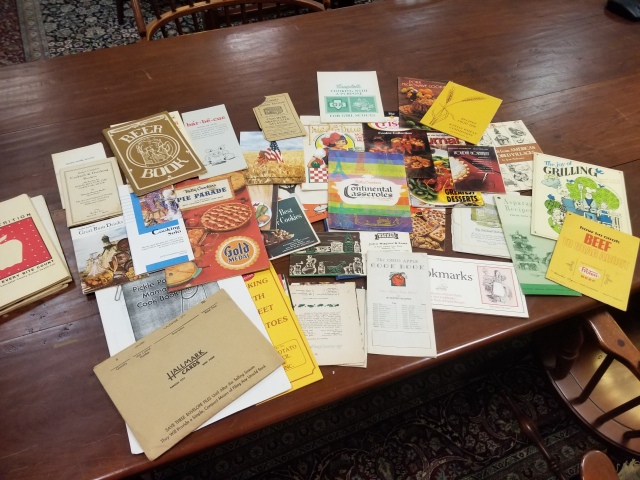



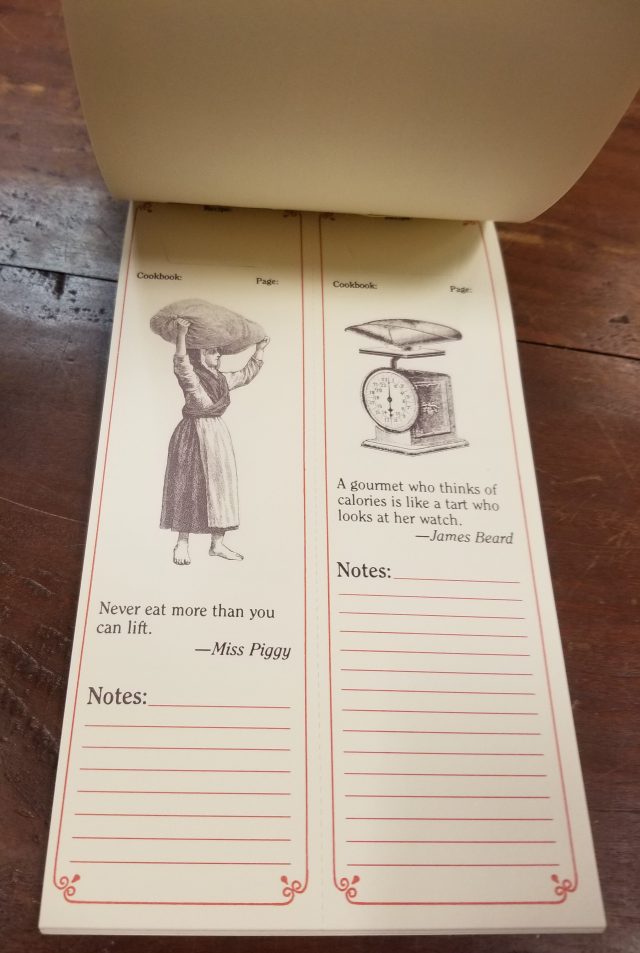


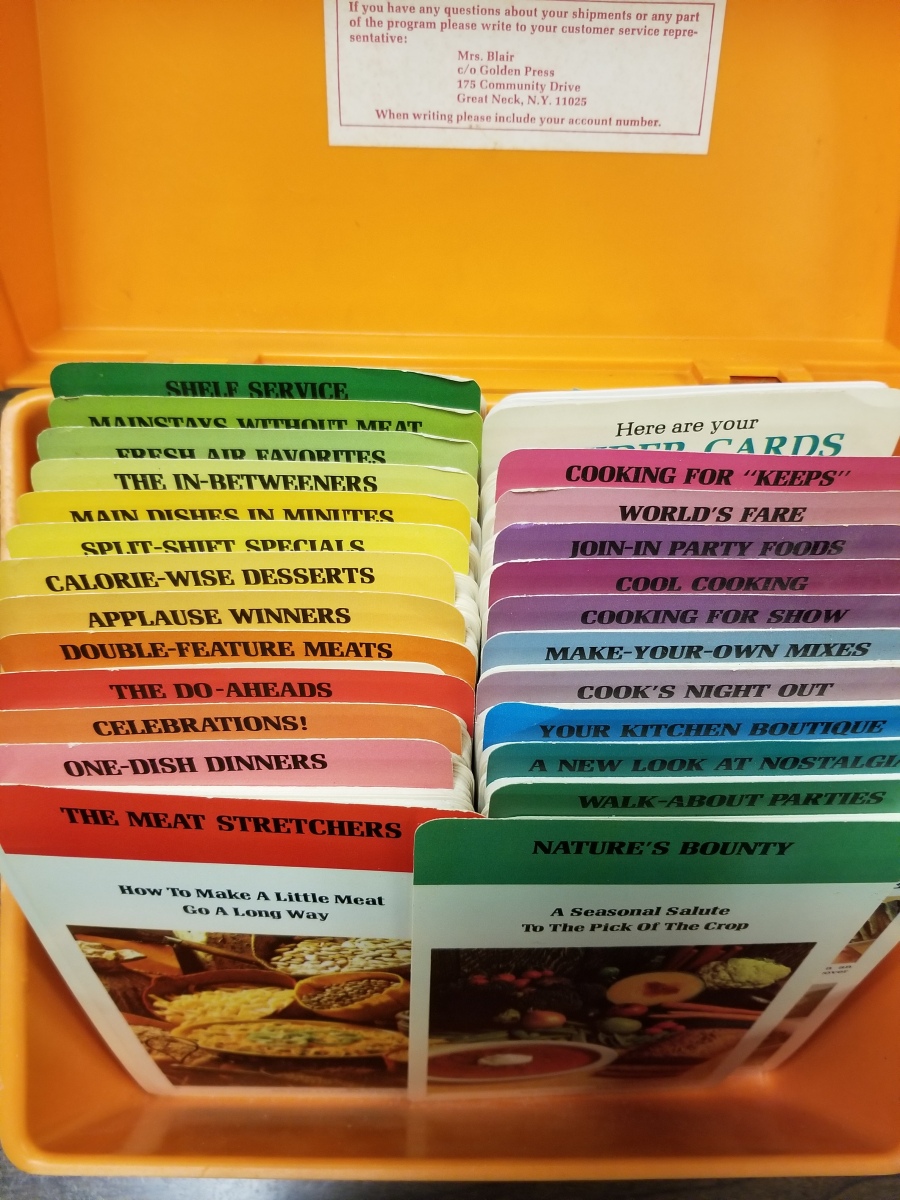




























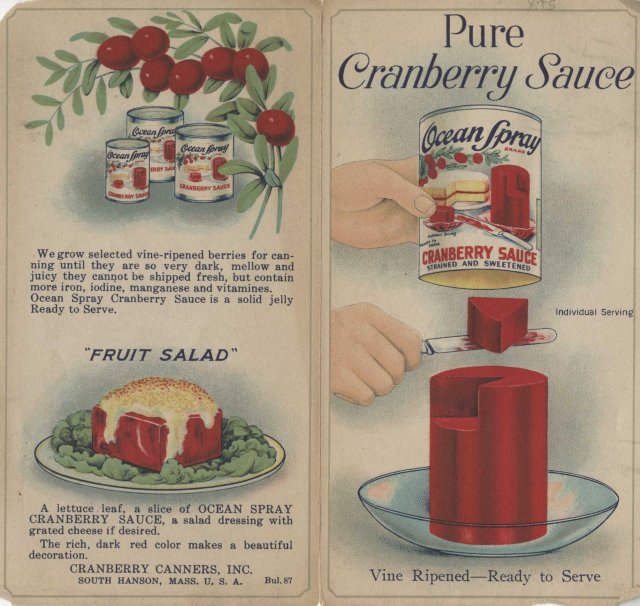





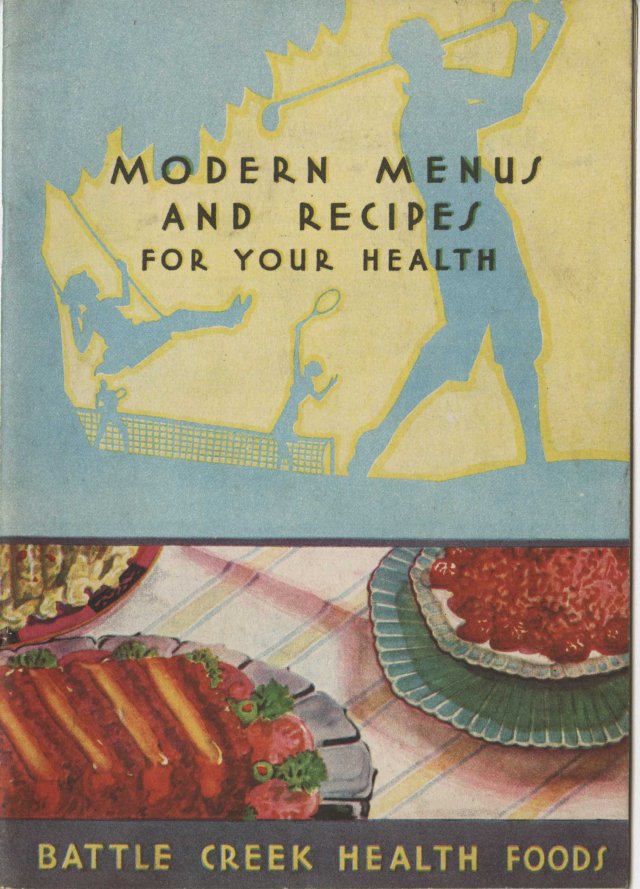
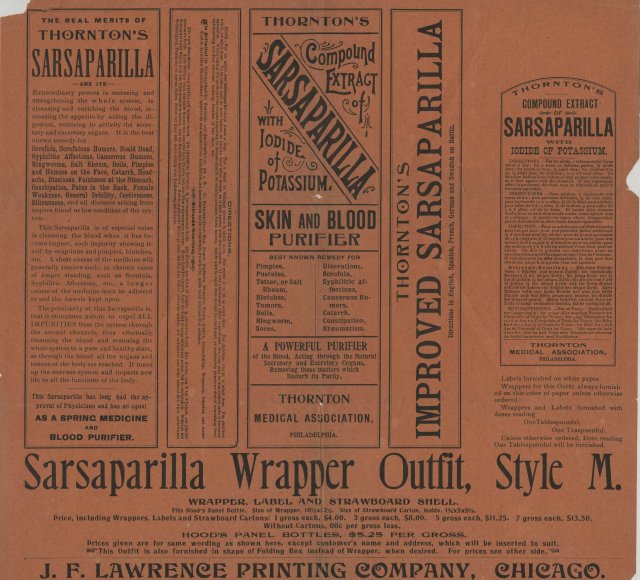















![Kellogg's Recipes [cards] Kellogg's Recipes [cards]](https://whatscookinvt.files.wordpress.com/2015/01/ms2011_002_kellogg_cards4.jpg?w=243&resize=243%2C148&h=148#038;h=148)
![Kellogg's Recipes [cards] Kellogg's Recipes [cards]](https://whatscookinvt.files.wordpress.com/2015/01/ms2011_002_kellogg_cards5.jpg?w=243&resize=243%2C138&h=138#038;h=138)
![Kellogg's Recipes [cards] Kellogg's Recipes [cards]](https://whatscookinvt.files.wordpress.com/2015/01/ms2011_002_kellogg_cards3.jpg?w=296&resize=296%2C171&h=171#038;h=171)
![Kellogg's Recipes [cards] Kellogg's Recipes [cards]](https://whatscookinvt.files.wordpress.com/2015/01/ms2011_002_kellogg_cards2.jpg?w=296&resize=296%2C170&h=170#038;h=170)
![Kellogg's Recipes [cards] Kellogg's Recipes [cards]](https://whatscookinvt.files.wordpress.com/2015/01/ms2011_002_kellogg_cards6.jpg?w=296&resize=296%2C168&h=168#038;h=168)









